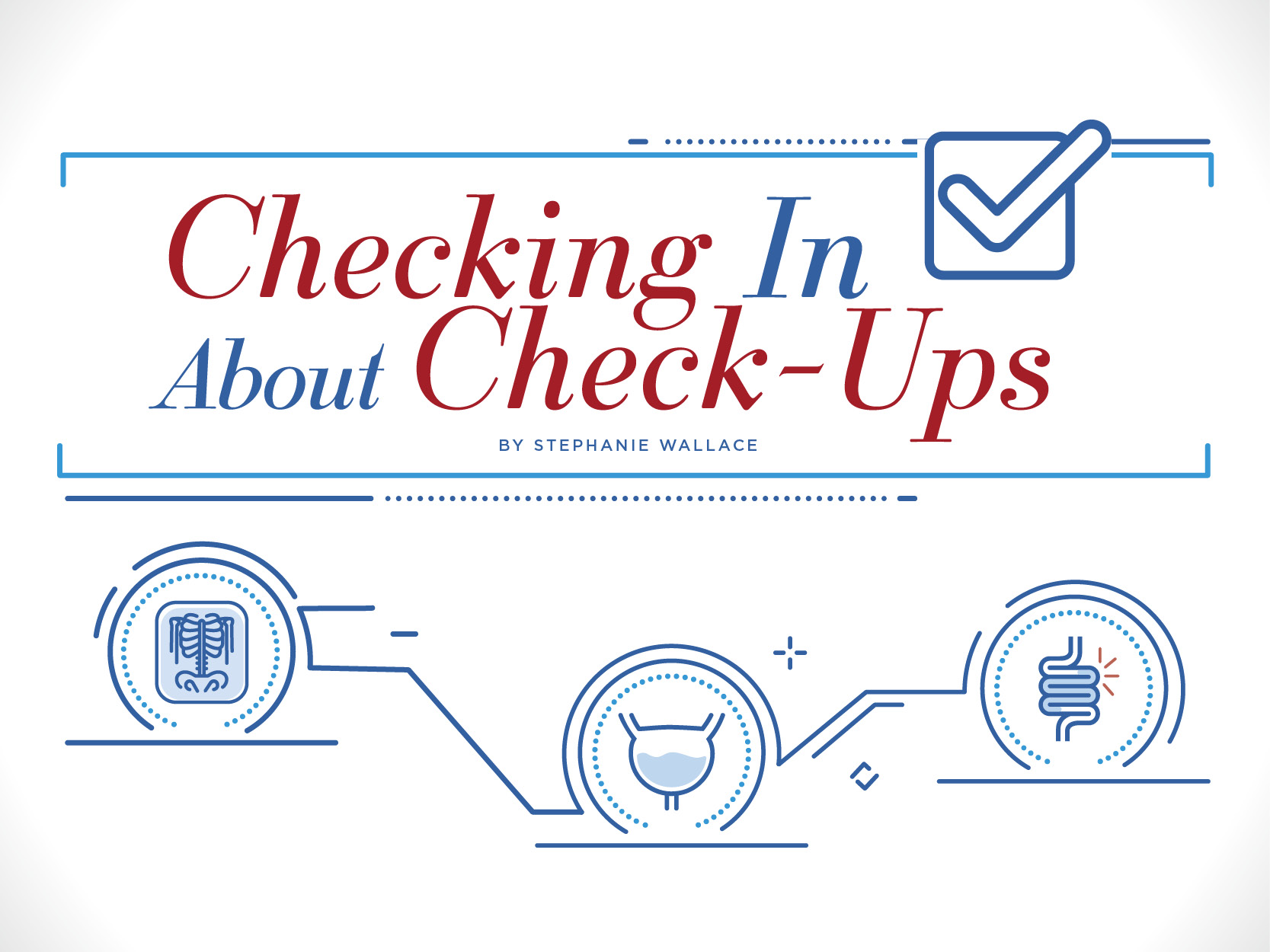Staying healthy is about more than just eating right or hitting the gym. From the dermatologist to the proctologist, there’s a long list of health care professionals you should visit regularly to make sure your body is in tip-top shape, and the list grows as you do! It may seem overwhelming, but don’t panic. We’ve got a breakdown of what to schedule when.
gynecologist
when: The American College of Obstetricians and Gynecologists (ACOG) recommends that teenage girls start seeing a gynecologist between the ages of 13 and 15. Pap tests and pelvic exams usually begin at 21.
how often: The ACOG recommends a yearly well-woman visit, but it is no longer recommended that women receive a Pap test annually. Women between the ages of 30 and 65 who have had negative Pap test results in the past should get one every five years. It is not required for women over 65 with no history of precancerous cells or cervical cancer.
symptoms to be aware of: Changes in your period, approaching menopause, irregular bleeding, pain or discomfort
mammogram
when: The American Cancer Society strongly recommends women undergo regular screening mammography starting at age 45. The National Breast Cancer Foundation recommends starting at 40.
how often: Annual tests are recommended until age 55, when woman can transition to screening biennially. Women should continue to have mammograms as long as their overall health is good and they have a life expectancy of 10 years or longer.
symptoms to be aware of: If you have risk factors for breast cancer and are under 40, you should ask your health care professional if mammograms are advisable and how often to have them. Risk factors include family history and genetics, exposure to radiation before the age of 30, and some benign breast conditions.
dermatologist
when: It’s never too early to start visiting the dermatologist, but it’s an especially good idea to start in your 20s. Skin cancer is the most common form of cancer in the United States, according to the Centers for Disease Control. It is estimated that one in five Americans will develop it in their lifetimes, and it is the second most common form of cancer in females age 15 to 29.
how often: Annually, and you may want to go during the spring or summer to consult on sun protection. You also may want to ask a dermatologist about eczema, acne, skin damage from aging, scar treatment, or specialized care for the skin, hair or nails.
symptoms to be aware of: Changes in size, shape or color of a mole or other skin lesion, appearance of a new growth on the skin, a sore that doesn’t heal.
optometrist/ophthalmologist
when: Routine eye exams should begin once a child reaches school age and continue
into adulthood.
how often: The American Optometric Association recommends comprehensive eye exams biennially for adults between the ages of 18 and 60 and annual exams for seniors over 60. Adults who wear contact lenses also should have yearly exams. Your eyes may need to be examined more frequently if you have a family history of eye disease, diabetes or high blood pressure, a visually demanding occupation, previous eye injuries, or prescription or nonprescription drugs with vision or eye-related side effects.
symptoms to be aware of: Changes in night vision, frequent headaches or migraines, eye infection or discharge, increased sensitivity to light, sudden difficulty focusing, recurrent eye strain, persistent vision disruptions like black spots, floaters or halos around lights.
bone density scan
when: The U.S. Preventive Services Task Force recommends osteoporosis screening for women 65 and older. While osteoporosis is more common in women, men also should consider getting a bone density scan around age 70.
how often: It depends on the result of the first scan.
symptoms to be aware of: if you are 50 or older, you may be at risk if you have broken a bone or have rheumatoid arthritis, a family history of osteoporosis, a history of heavy smoking or drinking, low body weight, Crohn’s disease or celiac disease.
urologist
when: For men, the American Urological Association recommends prostate screenings starting at age 40.
how often: Annually
symptoms to be aware of: Problems with the urinary or reproductive tract in men and women, such as painful urination, urinary incontinence, frequent urination and sexual issues.
proctologist
when: The American Cancer Society recommends a colonoscopy for those 50 and older, along with colorectal cancer screenings like a CT colonography (virtual colonoscopy) and flexible sigmoidoscopy.
how often: If nothing is found, every 10 years for a colonoscopy; five years for other screenings.
symptoms to be aware of: Hemorrhoids or other external anal lumps, painful swelling on the buttocks, anal discharge, changes in bowel habits or the size of your bowel movements








